The Effects of Cervical Spine Manipulation on Judo Athlete’s Grip Strength
Botelho, M.B., DC, Andrade B. B. MD, PhD. JMPT, November 2011
This article is straight forward and provides an excellent reference for those Upper Cervical chiropractors interested in athletics. The test population didn’t suffer from any particular condition, in fact they were male and female athletes from a nationally competitive judo team and cervical spinal manipulative therapy (or adjustments to the chiropractic community) made a statistically significant difference in their grip strength!
The study includes 18 athletes randomly assigned to either a treatment group or a sham adjustment group. The subjects where given 3 SMT within 3 weeks with a minimum of 36 hours between treatments. Grip strength was tested using a hydraulic dynamometer immediately before and after treatment. Grip strength improved in each hand pre and post intervention each time, the level of improvement was statistically significant, while no statistically significant difference was noted in the sham treatment group.




